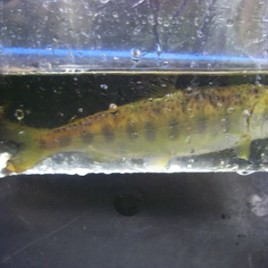The number of juvenile coho salmon in a stream can be up to three times higher if pink or chum salmon were there the season before, according to a new paper. Juvenile coho have been known to scavenge the carcasses or eggs of their cousins, but most of the coho in the latest study emerged […]
Tag: evolution
Spanish flu could re-emerge from avian flu
Influenza viruses circulating among wild birds could, in the right combinations, combine to create a virus very similar to that which caused the 1918 worldwide pandemic known as “Spanish Flu”, according to a new paper. The authors combined avian flu viral segments that were only a few amino acids different than those of the Spanish […]
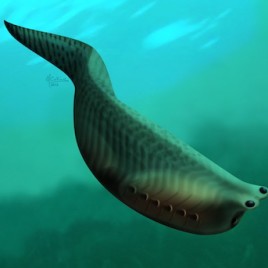
New fossils provide ‘a view to a gill’
New fossils of an ancient fish from Marble Canyon in British Columbia’s Kootenay National Park have provided insight into how jaws evolved. The remains represent the best-preserved fossils of Metaspriggina walcottii, a 500 million-year-old species that is among the oldest known fish. Based on the shape of features called ‘branchial bars’ associated with the gills, the […]
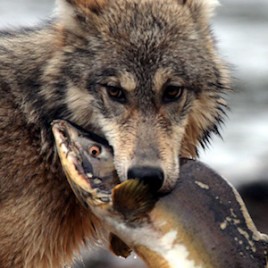
Genetics affirm existence of BC’s ‘coastal wolves’
New genetic information affirms what members of the Heiltsuk First Nation have long known: the islands off British Columbia host a population of ‘coastal wolves’ that is distinct but related to that of the timber wolves on the mainland. Examination of genetic markers from DNA collected in wolf droppings shows that coastal wolves are more […]
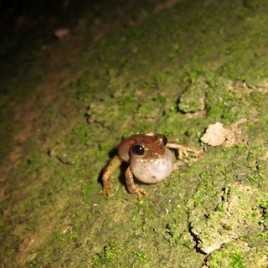
Singing in the drain
Researcher from Taiwan have shown that the mientien tree frog uses concrete drains to amplify its mating calls. They used field studies to show that far more males call from inside the drains than outside them, and acoustic analysis to show that the structures do indeed increase call volume and duration. Original research paper published in […]
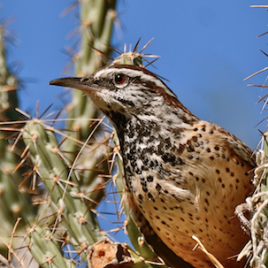
It takes a community to raise a healthy bird
A new study shows that birds that cooperate to raise their young have better year-on-year survival than those that don’t. In certain bird species – found mostly in Australasia or Africa – children from the previous year and from other parents help raise the newborns. A careful review of the research on this rare phenomenon […]
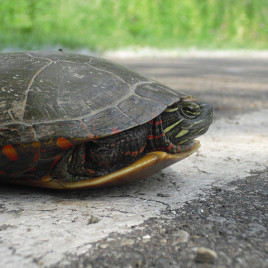
Do Roads Reduce Painted Turtle Populations?
A new study shows that high traffic roads in Eastern Ontario have no significant effect on the relative abundance of painted turtles. Researchers compared turtle populations from around 20 ponds, half of which were close to a freeway and the other half of which were as far as possible from any major roads. They found that […]
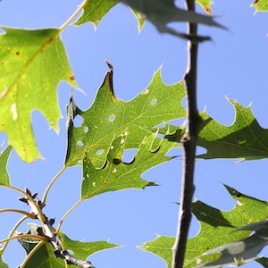
Plants – what’s eating them?
A new analysis of over 1000 plant species shows that on average, only about 5.3 percent of their leaves are eaten by insects and vertebrate grazers – less than a third of previous estimates. This means that most of the energy captured by photosynthesis doesn’t go ‘up’ the food chain, but instead is passed on […]
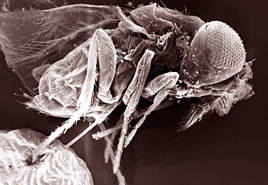
Temperature influences gender of parasitic wasp
Extreme climatic events could influence the sex ratio of a parasite that controls pests such as the European corn borer, a new study shows. The parasitic wasp Trichogramma euproctidis lays its eggs inside the eggs of moths, preventing the moth egg from hatching into a caterpillar. The study showed that fewer females were born at […]
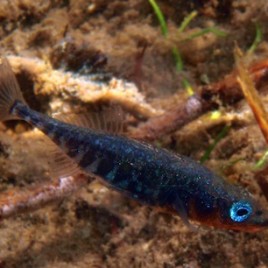
Sticklebacks are blind to each other’s armour
Different-looking sticklebacks from Kennedy Lake on Vancouver island interbreed despite evolutionary pressure not to, according to a new study. Genetic studies showed that fish with one parent that had lots of body armour and another parent with minimal body armour had a lower chance of surviving to adulthood than fish whose parents were both of […]
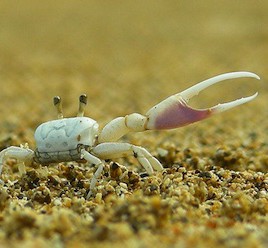
How baby fiddler crabs catch a wave
A new study shows how some species of fiddler crabs can compensate for changing temperatures when timing their courtship. Fiddler crabs sync up the hatching of their young with bimonthly higher tides in order to ensure they have the best chance of escaping predators. But at some times of year, cold temperatures can slow embryo […]
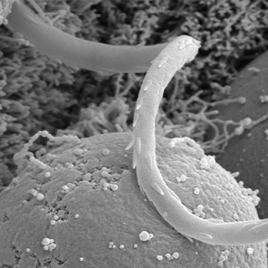
How a harmless alga became a lethal parasite
A new genomics study shows how a free-living, photosynthetic alga – that is, a type of green pond scum – evolved into an insect parasite that kills juvenile blackflies, caterpillars, beetles and mosquitoes. The sequenced genome of Helicosporidium shows that it kept nearly all its genes except those required for photosynthesis when it made the […]
New DNA barcoding method speeds up species identification
A new DNA barcoding method will save money and time for researchers who wants to assess biodiversity in an ecosystem. The new method allowed researchers to correctly identify 92% of the 1,066 insects and spiders in a single analysis. They also were able to detect microbes associated with the insects and spiders. Previous […]
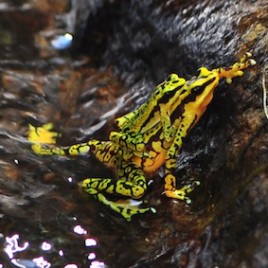
Will a deadly fungus wipe out frogs in your area?
Batrachochytrium dendrobatidis is a fungus that causes a deadly skin disease in frogs and other amphibians, and is one of the factors contributing to the global decline of amphibians. A new mathematical model shows that the reproduction quotient – that is, the average number of new spores produced by an initial spore over its lifetime […]
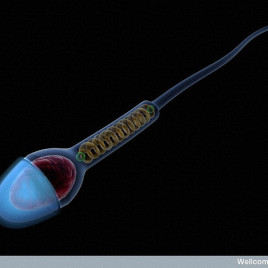
Towards stem cell therapy for infertile men
Researchers have created sperm cells from infertile men who could not produce healthy sperm them on their own. They did this by converting skin cells into stem cells, which then became fertile human sperm cells when transplanted into the testicles of mice. This opens up the possibility of clinical cell-based therapy that could make infertile […]
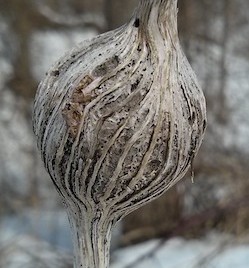
Fluid fats fuel frozen flies
New research shows that gall fly larvae produce a special form of fat that remains liquid at very low temperatures, up to -80 °C. Gall flies have some of the best cold tolerance in the animal kingdom. They spend the winter inside lumps of plant tissue called galls. While the new discovery could help explain […]
